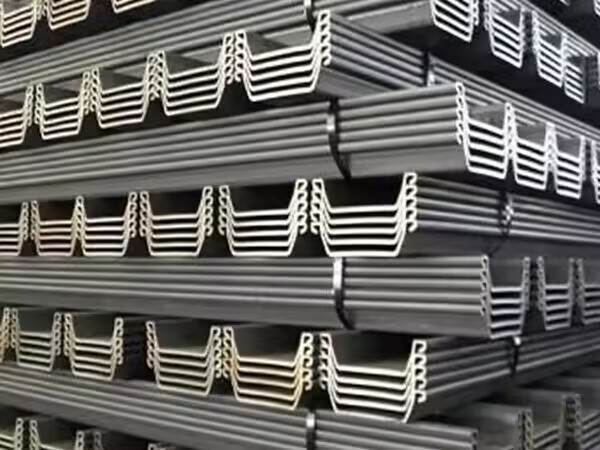
There are four main ways of driving steel sheet piles, each of which needs to be selected according to the needs of the construction site and the conditions of the soil.
1. Drive root by root methodThis method is to drive the steel sheet pile into the soil one by one, which is a simple piling method, but the sheet pile will tilt in the process of piling, which is suitable for the situation that the soil is relatively soft and the sheet pile length is relatively small.
The sheet piles are inserted into the guide frame in a screen-like row, which can ensure the good verticality of sheet piles, reduce the difficulties encountered in the piling process, and better control the length of the pile wall. Since the whole row of piles is positioned at the same time, it is not necessary to drive all the piles into the specified position, if it is not possible to drive, individual piles can be left out, it will not affect the overall efficiency. Screen piling can be guided by previously operated sheet piles, which reduces the possibility of squeezing the piles out of the latches. At the same time, in the process of piling, it is necessary to always pay attention to the verticality of sheet piles, and once the tilt is found, relevant measures need to be taken immediately to correct it.
In harsh geological conditions, it is recommended to use a combination of screen drive method and jump drive method, install the corresponding sheet piles between the guides, and then follow the following steps to drive the piles: First play No. 1, 3, and 5 piles, and then play No. 2, and 4 piles. If the soil is very dense sand or rock, the tips of No. 1, 3, and 5 piles can be strengthened. In this case, the tips of these piles are always strengthened first, and then other piles No. 2, or No. 4, are driven.